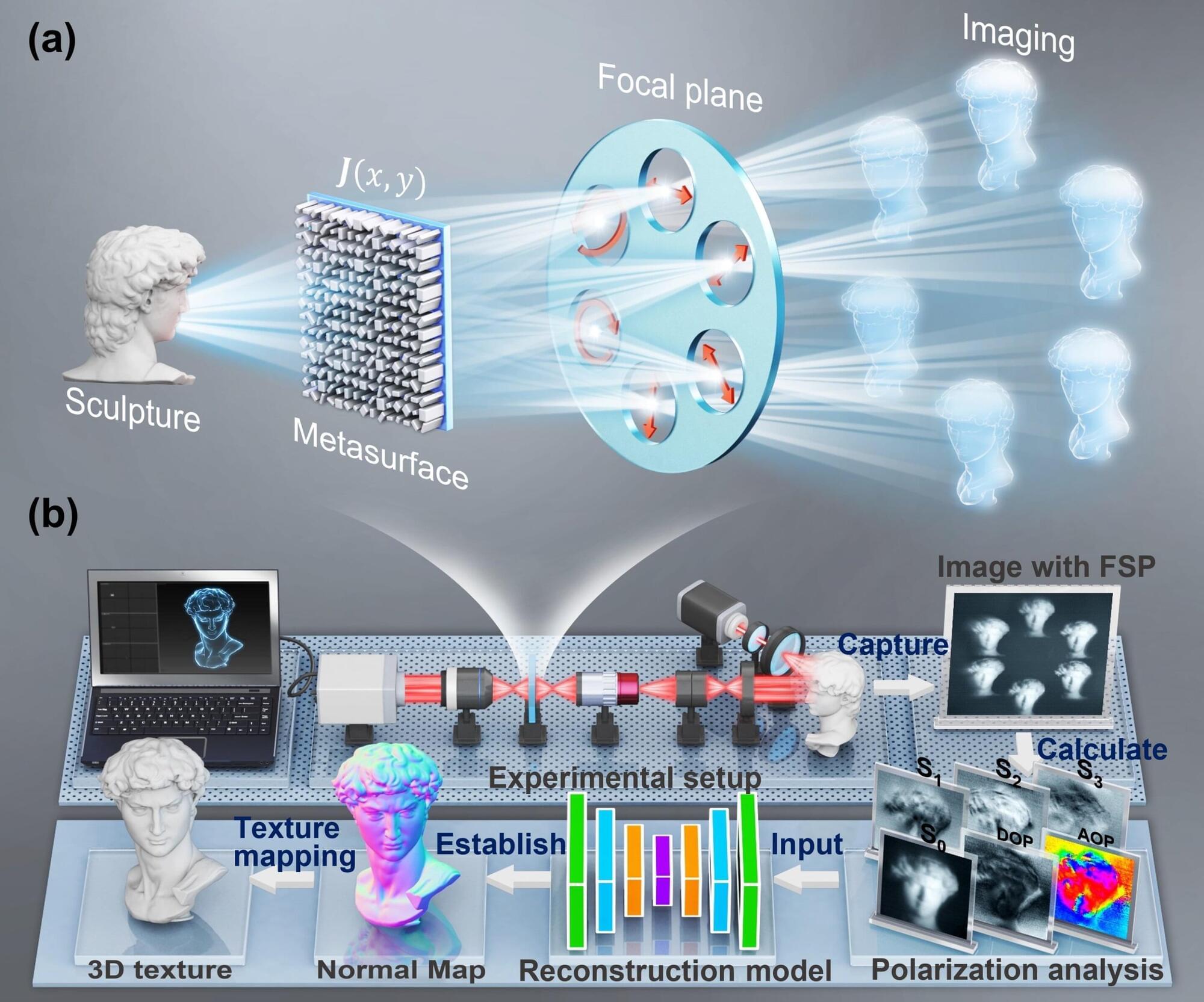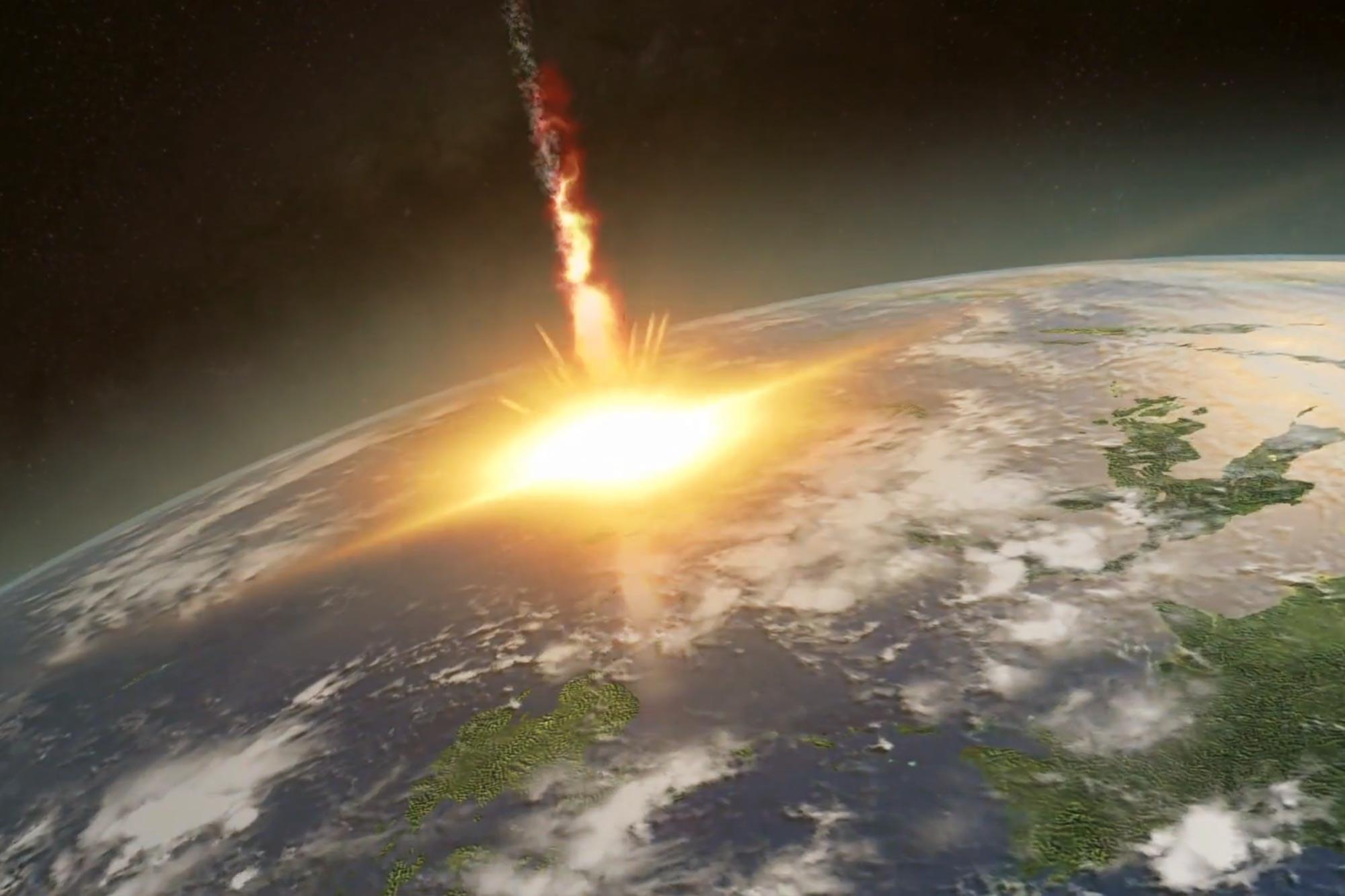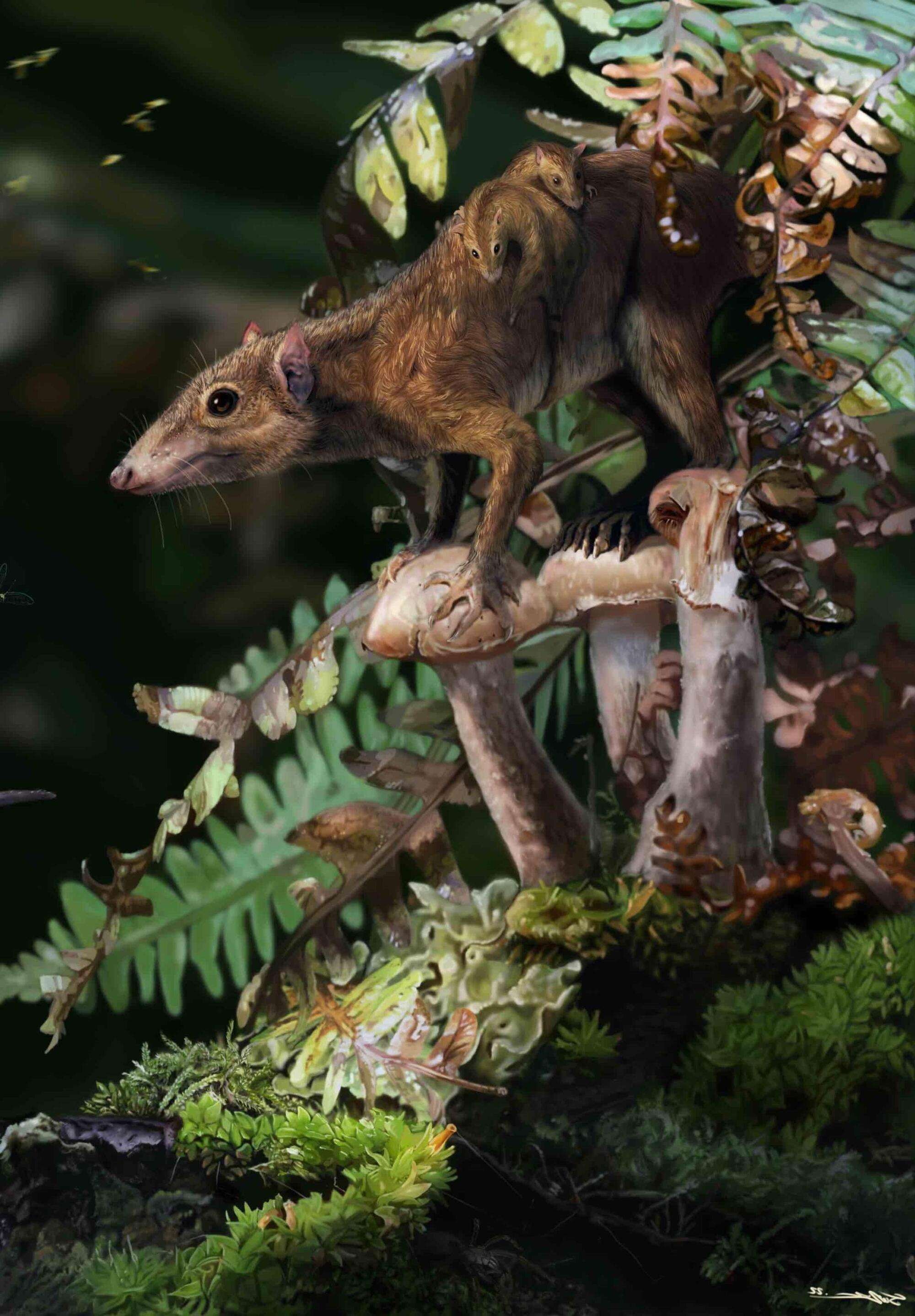Capturing precise 3D details with a single camera has long been a challenge. Traditional methods often require complex dual-camera setups or specialized lighting conditions that are impractical for real-world applications. However, a groundbreaking approach developed at Nanjing University is set to redefine 3D imaging.
In our latest research, published in Optica, we introduce a cutting-edge snapshot polarization stereo imaging system (SPSIM), as shown in Fig. 1. This innovative system integrates metasurface optics with artificial intelligence to extract highly detailed 3D shape information in real time.
Unlike conventional methods that rely on multiple polarizers or sequential exposures, SPSIM utilizes a specially engineered metasurface lens to capture full-Stokes polarization data in a single shot. With an extinction ratio of 25 dB—comparable to commercial polarizers—and an unprecedented central wavelength efficiency of 65%, our system outperforms standard polarization cameras.




